Unless you own a home in Tornado Alley or another similarly high-risk area, your homeowners insurance rates have probably remained relatively stable over the last decade. As long as you haven’t had to file any significant claims, any annual increases that your insurance company did apply to your premium were likely so slight that you may not have even noticed the small bump up in price. In 2023, however, the change in your home insurance premium at renewal time might surprise you—and not in a good way. There are several factors contributing to these rate increases, most of which are not within a homeowner’s control. When you work with an independent insurance agent, like Fred C. Church, you can get help understanding and planning for the likelihood of a policy rate hike, as well as assistance with strategies that may lessen the financial impact of a higher premium.
Why Are Home Insurance Rates Increasing So Dramatically?
If you or someone you know has attempted to tackle any type of home repair or renovation project in recent years, you’re very aware of the supply chain issues affecting the construction industry.
The greatest challenge for builders and their clients has been that overall demand for the most common raw materials has far outpaced supply, which can primarily be blamed on extended pandemic shutdowns and the escalating frequency and severity of climate-related disasters. As a result, prices for everything from shingles to drywall and copper have skyrocketed. This situation has only been exacerbated by the ongoing turmoil overseas and the elevated inflation rate.
The following chart shows the double-digit increase for some of the most popular home construction materials over a six-month period in 2022.
| Material | % Increase from 2/22 to 8/22 |
|---|---|
| PVC Pipe | 47% |
| Lumber | 27% |
| Slab Door | 22% |
| Asphalt | 21% |
| Plywood | 18% |
| Steel Stud | 16% |
It may seem obvious to you how the cost of construction materials is having a substantial impact on the budget of many homeowners’ building and improvement projects. However, what might not be so clear is why this situation may also be causing home insurance premiums to go up.
So, let Fred C. Church explain the connection:
- The average cost of construction has a huge impact on how much it will cost to rebuild a home that is seriously damaged or destroyed by a covered event, like a fire or severe weather.
- The cost to rebuild a home is what insurance companies term a home’s “replacement value,” and it is calculated based on the amount of money it would take to rebuild a home using similar materials of the same quality after a total loss.
- The replacement value of a home is the single most important factor insurance companies use to determine the amount of Dwelling Coverage, or physical structure coverage, a property requires.
- The cost of the Dwelling Coverage typically makes up the largest portion of the overall home insurance premium.
To summarize, if construction costs in your area are shooting upward, your home’s replacement value—the cost to rebuild it after a disaster—is likely to increase as well. If it does, you may need more Dwelling Coverage to help make sure your home’s structure is properly protected against a catastrophe. Increasing your Dwelling Coverage may ultimately drive your insurance premium higher.
How Do You Know if You Have the Right Dwelling Coverage?
Selecting the appropriate amount of Dwelling Coverage should be one of the top priorities for you and your home insurance professional. Determining this number typically involves a thorough review of several factors that may affect the cost of rebuilding your home. However, if you’d like to start by doing your own quick and dirty, back-of-the-napkin replacement value calculation, take your home’s square footage and multiply it by local average construction rates. If you have not had your insurance reviewed and updated in the past few years, you might be surprised to find the Dwelling Coverage you have is not nearly enough protection for the current replacement value of your home.
Replacement Cost Calculation Example
In 2022, a 2,000-square-foot Colonial is in a community where the market construction rate is $225 per square foot. The replacement cost value for this home would be estimated at $450,000.
2,000 sq. ft. × $225 per sq. ft. = $450,000
At renewal time, the homeowner’s insurance company reevaluates the replacement cost and finds that construction rates in the area have increased by more than 33%—to $300 per square foot—since the last time the property was appraised. This means the new replacement cost value would be estimated at $600,000.
2,000 sq. ft. × $300 per sq. ft. = $600,000
It’s important to speak with a local insurance professional if you suspect there might be a growing gap between your current Dwelling Coverage and the money you would need to rebuild your home based on today’s construction market. While your agent might recommend increasing your Dwelling Coverage, causing your home insurance premium to go up, this could end up being one of the most beneficial financial decisions you make. If you were to experience a total loss of your home but did not make these coverage adjustments, it’s very possible you would not have sufficient insurance to build back your house to its pre-disaster condition.
How Can Fred C. Church Help You with the Rising Cost of Homeowners Insurance?
Our team is here to assist you in many ways, including evaluating your home insurance coverage requirements, identifying any gaps in your current insurance, and helping you secure better coverage, if needed—and possibly at a more competitive rate.
But there is another really good reason to reach out to Fred C. Church today. Whether you’ve already experienced a hike in your home insurance premium or you’re anticipating one at renewal time, we might be able to help you find ways to reduce the hit to your budget.
We work with many of the top national and regional insurance companies, so we can compare your current homeowners coverage and rate to what we might be able to access for you through another insurer in our network. In addition, as we review your home insurance policy, we will be checking to see if you’re taking advantage of all the discounts and credits you may be eligible to receive. There are numerous ways you might be able to save money, including by bundling your home and car insurance with the same insurance company, upgrading your home’s protection systems, and maintaining a claims-free history.
If you have questions about your home’s replacement value, the amount of Dwelling Coverage you should have, or any other details of your home insurance policy, you can always give us a call. Remember, you can ask us anything.



